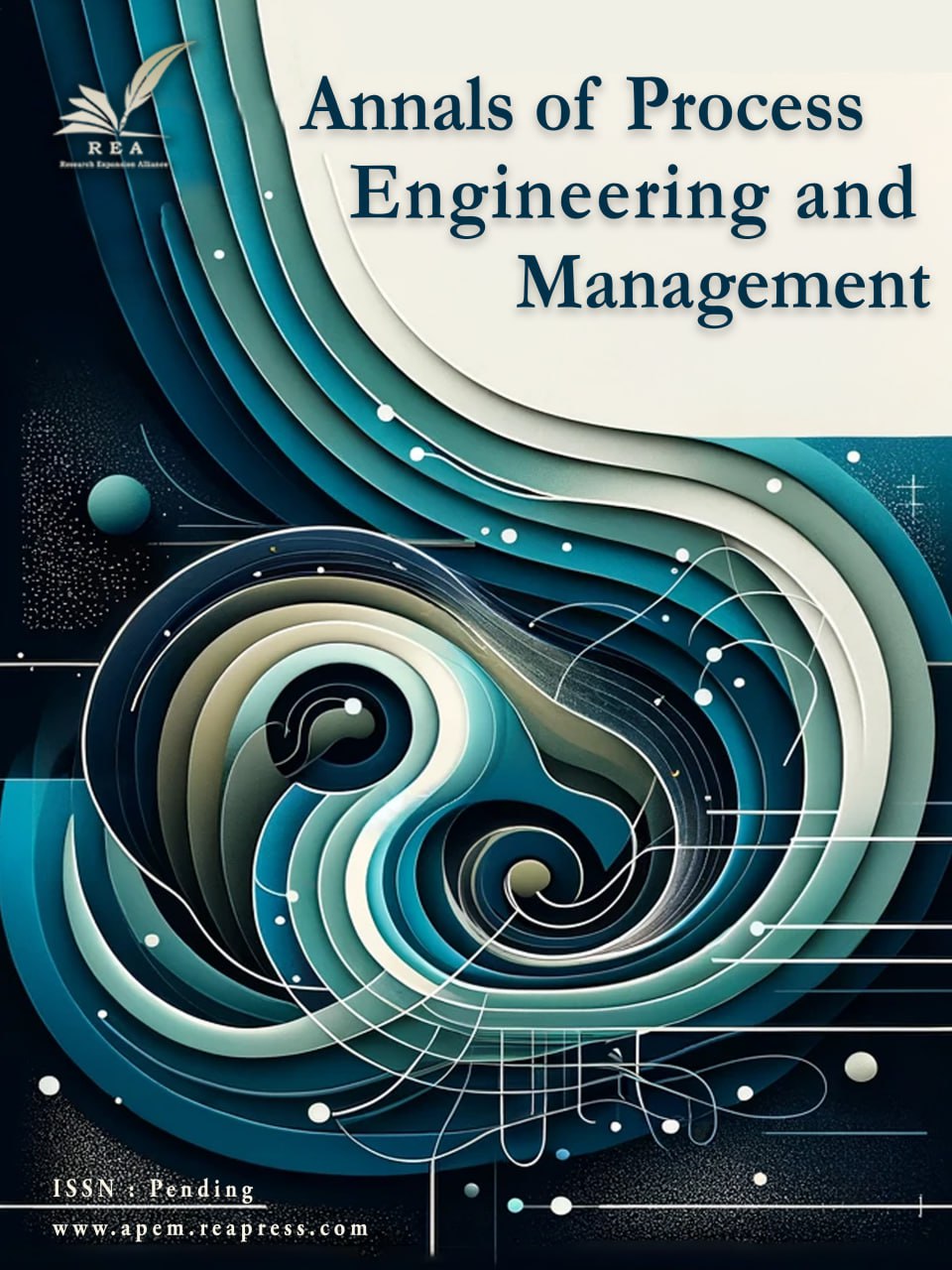Application of Information and Communication Technology (ICT) in Improving Urban Services and Increasing the Quality of Life
Abstract
A smart city is an urban area that utilizes Information and Communication Technology (ICT) to enhance operational efficiency, improve the quality of government services, and thereby elevate the welfare of its citizens. A sustainable smart city represents an innovative urban space that employs ICT and other tools to elevate quality of life and advance municipal services.
In recent decades, advancements in ICT, communication technologies, and the emergence of virtual spaces have empowered citizens to access engaging, dynamic environments that fulfill their innate social needs—such as human interaction and communal engagement—without requiring physical movement or relocation.
Alongside these objectives, a sustainable smart city must align with the needs of current and future generations across economic, social, environmental, and cultural dimensions. The concept of a smart city leverages government collaboration and mobile networks to sustainably improve citizens' quality of life. This approach generates significant benefits for businesses and residents alike. In such cities, data collected from infrastructure and equipment is processed to inform critical decisions across urban domains.
This study adopts a descriptive-analytical methodology to present a multifaceted overview of initiatives in smart urban settlements. It not only highlights successful case studies but also addresses the broad challenges confronting smart cities.
The research findings explore smart settlements, the conceptual framework of smart habitats (Villages and cities), diverse dimensions of smart cities, and proposals for improving current conditions through smart city design. The article emphasizes the importance of considering various dimensions—economic, technical, political, social, and others—in designing smart cities. By addressing these aspects, the study aims to contribute to the development of urban environments that holistically balance innovation, sustainability, and inclusivity.
Keywords:
Smart cities, Settlements, Quality of life, Information and communication technologyReferences
- [1] Toffler, A. (1993). The third wave. (In Persian). Nashrenow. https://nashrenow.com/translation/the-third-wave/
- [2] Parsi, H. (2002). Understanding the content of urban space. Honarhaye Ziba publications, 11(11), 41-49. (In Persian). https://www.sid.ir/paper/437435/fa
- [3] Rezaian, A. (2009). Analysis and design of systems. (In Persian). Samt Publications. https://www.gisoom.com/book/1616711/
- [4] FitzGerald, J., & FitzGerald, A. F. (1987). Fundamentals of systems analysis : Using structured analysis and design techniques. John Wiley & Sons, Inc. https://www.abebooks.com/9780471838227/Fundamentals-Systems-Analysis-Using-Structured-0471838225/plp
- [5] Rezaian, A. (2001). The manager of the information age. Management perspective, 1(1), 19-42. (In Persian). https://www.noormags.ir/view/fa/articlepage/287826/
- [6] Asili, G. (2001). New challenges of virtual organizations: Necessities and development. Management and development process, 15(1), 47-61. (In Persian). https://jmdp.ir/browse.php?a_id=266&sid=1&slc_lang=fa
- [7] Davis, G. B., & Olson, M. H. (1984). Management information systems: Conceptual foundations, structure, and development. McGraw-Hill, Inc. https://www.abebooks.com/9780070158283/Management-Information-Systems-Conceptual-Foundations-0070158282/plp
- [8] Jalali, A. A. (2005). Electronics city. )In Persian). Iran university of science and technology publications. https://www.gisoom.com/book/1338915/
- [9] Stevenson Committee. (1997). Information and communications technology in UK schools: An independent enquiry (The Stevenson Report).
- [10] Zuppo, C. M. (2012). Defining ICT in a boundaryless world : The development of a working hierarchy. International Journal of managing information technology, 4(3), 13–22. https://doi.org/10.5121/ijmit.2012.4302
- [11] Javaheri, H. (2004). Feasibility studies for recreational and tourism projects. The first International Project Management Conference. (In Persian). Tehran, Iran, Civilica. https://civilica.com/doc/15631/
- [12] Hazrat Leilan, L. (2010). Investigating the impact of electronic city information and communication technology on the physical structure of the city from the perspective of employees of District 1 of Tabriz municipality. The first national student conference on social factors affecting health. (In Persian). Tehran, Iran, Civilica. https://civilica.com/doc/95334/
- [13] Motlagh, M., & Behrooznia, P. (2009). Investigating the impact of information and communication technology (ICT) on urban development: A case study of Arak city. Social science research paper, 3(2), 7-38. (In Persian). https://ensani.ir/file/download/article/20120329160102-5078-50.pdf
- [14] Yovanof, G. S., & Hazapis, G. N. (2009). An architectural framework and enabling wireless technologies for digital cities & Intelligent urban environments. Wireless personal communications, 49(3), 445–463. https://doi.org/10.1007/s11277-009-9693-4
- [15] Matt, W. (2010). 2010 digital cities survey winners announced. Government technology, 23(12), 46. https://openurl.ebsco.com/EPDB%3Agcd%3A1%3A35921857/detailv2?sid=ebsco%3Aplink%3Ascholar&id=ebsco%3Agcd%3A58019148&crl=c&link_origin=scholar.google.com
- [16] Treasury Board of Canada Secretariat. (2000). IT project management handbook. Government of Canada. https://publications.gc.ca/site/eng/9.661877/publication.html
- [17] Powell River Parks and Wilderness Society (PRPAWS), Community Futures Development Corporation of the Powell River Region, and Human Resources Development Canada. (2000). Feasibility study and business plan. Synergy Management Group Ltd. https://sunshinecoasttrail.com/wp-content/uploads/2022/05/SCTbusinessplan.pdf


